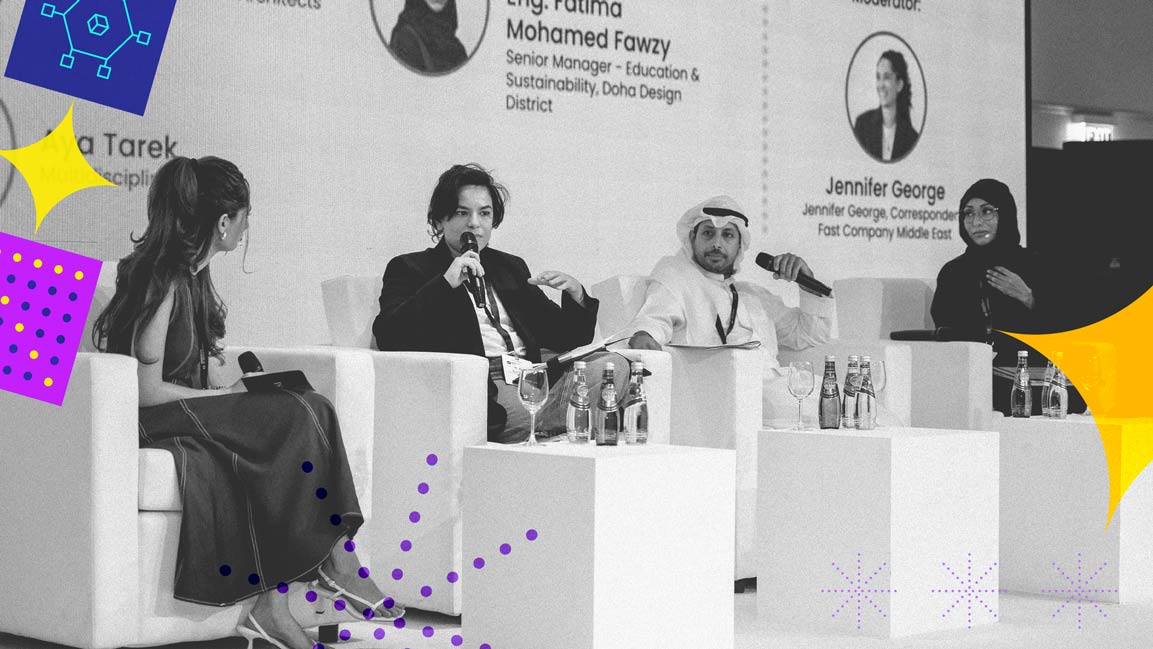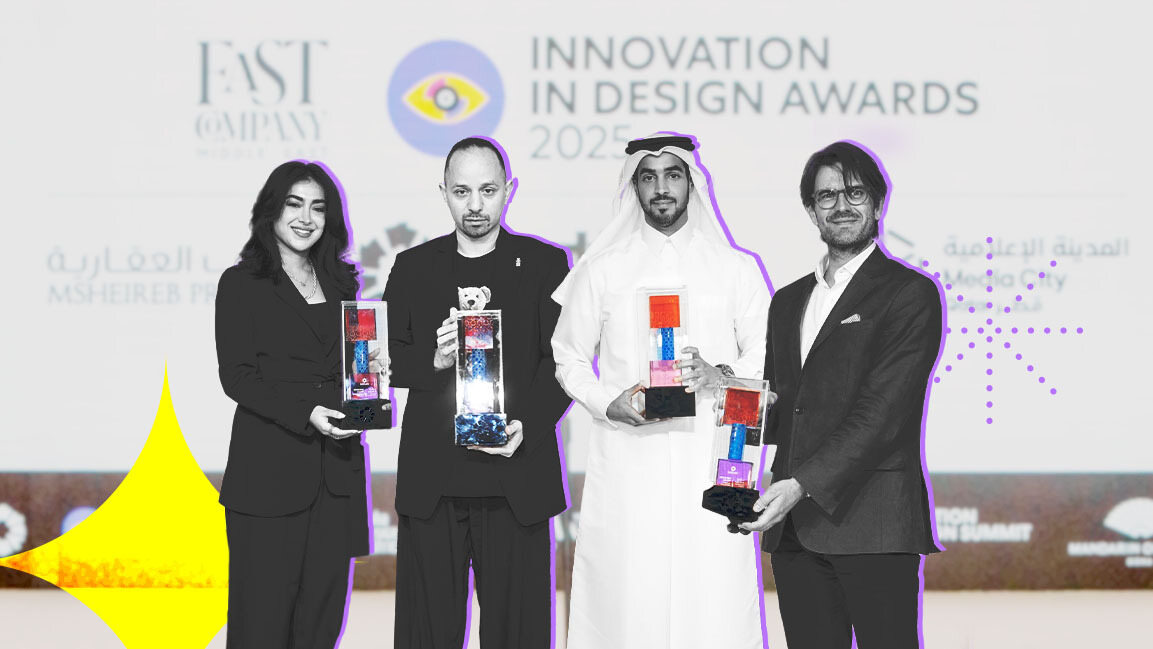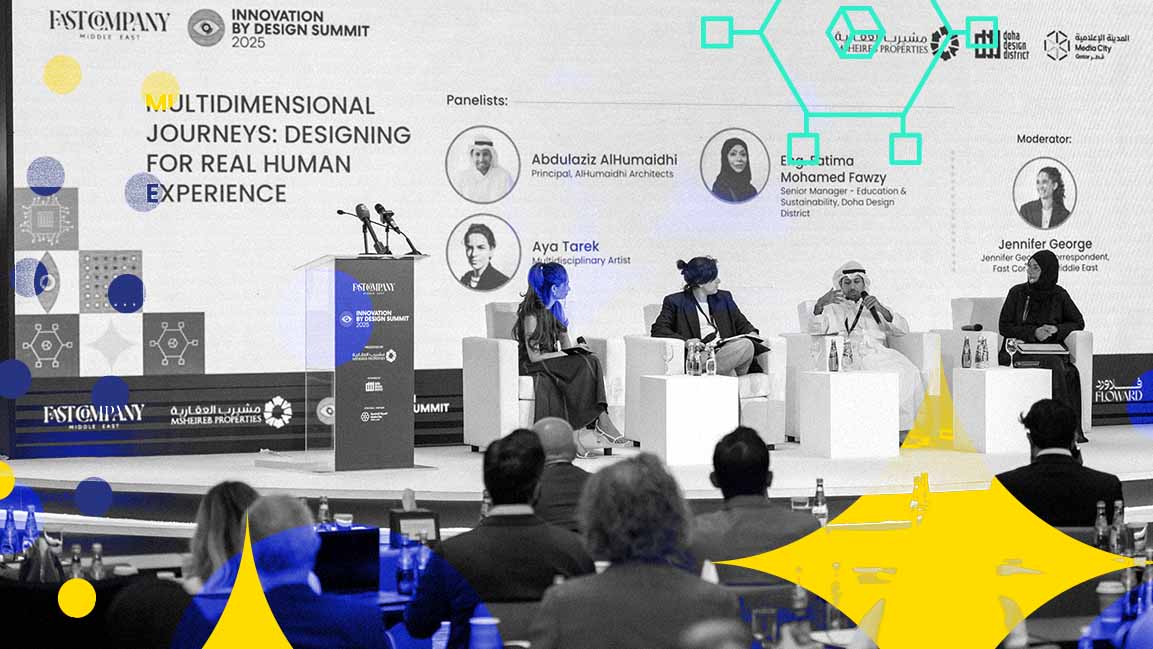- | 9:00 am
Flooding is a growing concern in the Middle East. Sponge cities could be a solution
Due to rapid urbanization, flash floods might become common in the region. Experts say, sponge cities could help address flooding and water scarcity

When it comes to major flood-prone regions in the world, the Middle East may not come to mind right away. But, heavy rains on 27 July brought severe flash floods in the emirates of Fujairah, Sharjah, and Ras Al Khaimah in the UAE, forcing thousands of people to evacuate and take shelter in temporary accommodations.
“As the region did not traditionally experience heavy rainfall, stormwater management is limited to seepage,” says Chandra Dake, CEO of Dake Rechsand, a Dubai-based company offering sustainable solutions.
In the coming decade, countries have to become fluent in reparative design and designing for chaotic events: how do we survive floods, and how do we design for water storage.
Climate extremes reveal a hard truth: The region is experiencing floods and rising sea levels, putting many coastal cities at risk. While our development choices are exacerbating problems, a potential solution could be “sponge cities”, a concept yet to find footing in the region. According to experts, it is important to shift the dominant culture and adopt a new ethos in water and land management.
“Sponge cities could help address flooding and water scarcity concurrently — two pressing problems in the MENA region,” adds Dake.
WHAT ARE SPONGE CITIES?
As the name suggests, this concept means a city designed in such a way that it can absorb water like a sponge.
The technology is actionable using breathable sand-based, porous materials available as bricks and kerbstones. They are paved on rain-exposed surfaces such as roads, playgrounds, and parking lots.
During rains, the porous material absorbs rainwater runoff and keeps the surface free of flooding and skidding. The rainwater can then be either redirected to appropriate drains as part of stormwater management or stored in underground reservoirs.
Due to surface “breathability,” the harvested water can remain fresh for extended periods without external treatment.
In China, many cities have been successfully built based on sponge elements and the country plans to turn close to 80% of its urban areas into sponges by 2030.
“There is a wide range of benefits associated with the implementation of sponge cities, including cleaner water for the city; cleaner groundwater; reduction in flood risk; lower burdens on drainage systems; greener, healthier, more enjoyable urban spaces; and enriched biodiversity,” says May Faraj, Senior Advisory Director – Environment & Sustainability, WSP Middle East.
TWO FOR ONE
Due to rapid urbanization flash floods have become quite common in recent years. Moreover, climate change has manifested atypical precipitation patterns, leading to recurrent flooding. All this further affirms the critical need for sponge cities.
Instead of relying on levees, pipes, dams, and channels, sponge cities allow urban areas to absorb water in times of high rainfall and release it in times of drought.
The region is in dire need of efficient stormwater management and rainwater harvesting. “Moreover, taking into account the broad-spectrum socioeconomic conditions in the region, any plausible solution must be actionable at the grassroots and in remote, rural areas, and cost-effective,” adds Dake.
Because this kind of solution means working with or simulating natural systems, it offers benefits beyond flooding. It can address water scarcity, food scarcity, agricultural distress, and GHG emissions, all intertwined in the MENA region.
For example, water-intensive agriculture leads to excessive dependence on desalination plants with high energy and carbon footprint. “By creating self-sufficiency in potable water in a decentralized manner, adopters can reduce the load on desalination plants. In doing so, sponge cities can drive decarbonization and help regional economies stay on track to net-zero targets,” says Dake.
By mitigating flooding, averting related damages, and saving repair costs while potentially creating a new source of potable water, sponge cities seem to tick all the boxes. They hence can be deemed fit-for-purpose for the region.
TURNING EXISTING CITIES INTO SPONGES
This technology can be implemented in newly-built and existing cities to curb the growing flooding incidents.
An existing city can become a sponge city by boosting its absorbency, says Faraj. “This is done through the reduction of hard surfaces, replacing them with more absorbent lands, such as green spaces; introducing more lakes and ponds; implementation of improved drainage to their urban structures; as well as, the replacement of concrete pavements with wetlands, permeable roads or new forms of porous asphalt.”
Implementations in existing cities require master planners to check for feasibility by factoring in historic waterways, topography, and the extent of modifications needed. “Low-lying areas are the priority as they are susceptible to flooding. Decentralized rainwater harvesting can be accommodated in areas where underground reservoirs are feasible,” Dake says.
COMPANIES PLAY THEIR PART
With sustainability becoming imperative across businesses and industries, companies have turned toward greywater recycling, water-wise landscaping, and rainwater harvesting. Dake Rechsand has curated IDer products that are scientifically designed to absorb water from the surface and store it for later times per the requirements of individuals, corporates, and public bodies, claims Dake. “Fundamentally, the distinction boils down to the scale of implementation. For the companies’ part, they can engage with building owners to incorporate IDer in landscaping and parking lots, among other rain-exposed areas.”
Raising awareness about this concept in conclaves such as MENA Climate Week and WETEX can be beneficial to incentivize such impact-led organizations, says Dake, adding that Dake Rechsand has launched the Sponge Cities Partnership to mobilize discerning companies and drive multi-stakeholder participation.
“We are discussing with public and private sector companies, particularly urban master planners, to explore opportunities to integrate IDer with existing bluescapes, greenscapes, and drainage infrastructure. Our commissioned projects are currently in the implementation stages,” Dake adds.
Combatting emerging climate risks, such as flooding and high-magnitude weather events, requires holistic, impactful, scalable, and resilient solutions. And, the growing interest in this concept, from both individuals and institutions, bodes well for the region.








































